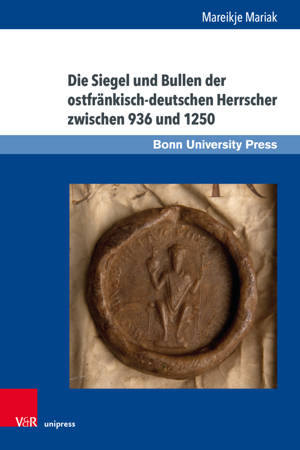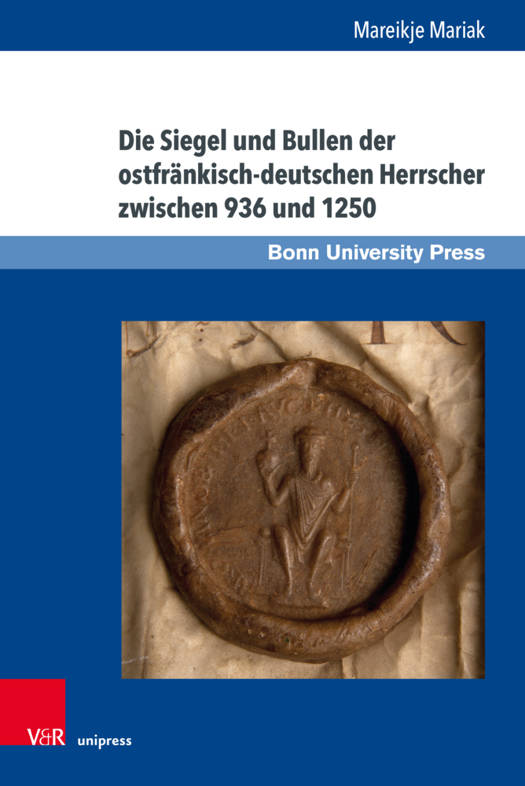
- Afhalen na 1 uur in een winkel met voorraad
- Gratis thuislevering in België vanaf € 30
- Ruim aanbod met 7 miljoen producten
- Afhalen na 1 uur in een winkel met voorraad
- Gratis thuislevering in België vanaf € 30
- Ruim aanbod met 7 miljoen producten
Zoeken
Die Siegel Und Bullen Der Ostfrankisch-Deutschen Herrscher Zwischen 936 Und 1250
Mareikje Mariak
€ 69,45
+ 138 punten
Omschrijving
In the Middle Ages royal seals and bulla were used strategically to represent the desired image of the ruler. Depending on the respective political situation - a new dynasty coming to power, two candidates contesting for the throne or a young son being introduced as king during his father's reign - the strategies employed differed, sometimes emphasising continuity, sometimes painting a picture distinctly different from the king's predecessor. Mareikje Mariak explores the evolution of seal design from the times of Otto I to Frederick II taking into account elements of visual representation as well as inscriptions and aspects of the imprints' materiality. Possible reasons for designing a new seal are also considered, as are situations in which two or more seals were in use at the same time.
Specificaties
Betrokkenen
- Auteur(s):
- Uitgeverij:
Inhoud
- Aantal bladzijden:
- 474
- Taal:
- Duits
- Reeks:
- Reeksnummer:
- nr. 20
Eigenschappen
- Productcode (EAN):
- 9783847118381
- Verschijningsdatum:
- 16/06/2025
- Uitvoering:
- Hardcover
- Formaat:
- Genaaid
- Afmetingen:
- 155 mm x 231 mm
- Gewicht:
- 508 g

Alleen bij Standaard Boekhandel
+ 138 punten op je klantenkaart van Standaard Boekhandel
Beoordelingen
We publiceren alleen reviews die voldoen aan de voorwaarden voor reviews. Bekijk onze voorwaarden voor reviews.











